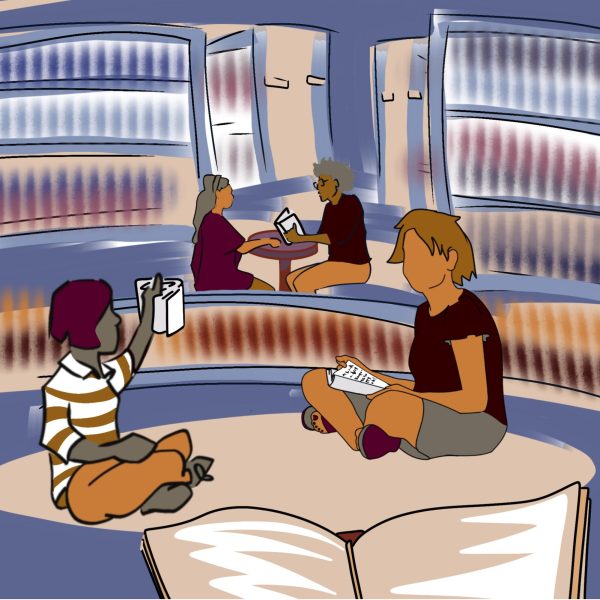Opinon: Painkiller epidemic ignored

November 4, 2013
Elaina Sauber
Elaina Sauber is a senior English major and columnist for the Daily Kent Stater. She can be reached at [email protected]
One of the most advanced underground tunnels ever along the US-Mexico border was discovered by U.S officials last Wednesday, leading to the seizure of 8.5 tons of marijuana and 327 lbs. of cocaine. According to CNN, the 35-foot-deep tunnel “stretched the length of nearly six football fields and had lighting, ventilation and an electric rail system.” U.S Attorney Laura Duffy also declared the tunnel was built by the Sinaloa cartel, one of Mexico’s most notorious criminal organizations. The discovery of the sophisticated tunnel is far more valuable than what was found last week—the amount of cocaine found is a mere fraction of the 2,866 pounds of the drug—worth $270 million—found this past September onboard an Air France plane.
The Obama Administration no longer refers to drug enforcement policy as the “War on Drugs,” but the divide between government and the American public on drug policy is larger than ever. For the first time, 58 percent—a clear majority of Americans—favor legalizing marijuana for both medical and recreational purposes, according to a Gallup poll. Meanwhile, the prescription drug epidemic which has skyrocketed in the past two decades goes unnoticed by lawmakers.
The British journal The Lancet conducted the first-ever global analysis of drug abuse, published this past August, clarifying what many already know: “Addictions to heroin and popular painkillers, including Vicodin and OxyContin, kill the most people and cause the greatest health burden, compared with illicit drugs such as marijuana and cocaine.” Prescription pills are the rich man’s drug; high-income nations such as the U.S have the highest rates of abuse. When users can no longer get them, they often switch to heroin—a cheaper alternative. According to the CDC, “Prescriptions for painkillers in the United States have nearly tripled in the past two decades and fatal overdoses reached epidemic levels, exceeding those from heroin and cocaine combined.”
In addition, the University of Michigan published a study last week which found that “approximately one in ten teenagers receiving emergency medical treatment in the last year admitted to abusing prescription painkillers and sedatives.” But the newest and increasingly common epidemic has been conveniently ignored by the Office of National Drug Control Policy because painkillers aren’t illicit drugs. Last year, a group of health officials signed a citizen’s petition calling for the FDA to limit the approved use of painkillers to those suffering from “severe” pain, “as opposed to the current-FDA approved standard of ‘moderate to severe pain.’ ” In changing this regulation, the medical community would have to prescribe these medications more cautiously, and doctors recklessly prescribing them will be easier to identify.
It’s difficult to applaud a system that goes to great lengths to manage illicit drugs in the U.S, when the prescription drug problem is so much greater—and no measures are taken.
























